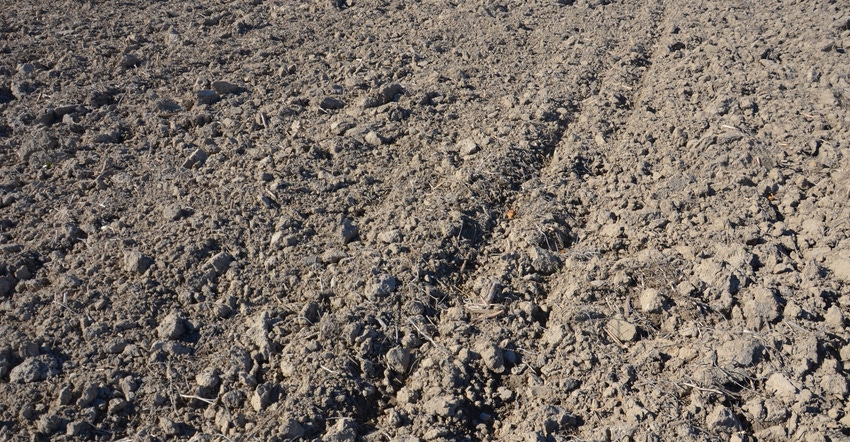November 5, 2018

Conservation proponents cite about a million acres of cover crops in Indiana. This has helped make Indiana a national leader in promoting soil health. With a minimal number of acres in cover crops a few years ago, it’s a remarkable achievement.
While that’s true, it’s important not to lose sight of the fact that a war still rages for protection of all cropland. Don Donovan, a district conservationist with the Natural Resources Conservation Service, based in Parke County, Ind., makes key observations.
“Farmers across Indiana have planted around a million acres of cover crops per year over the last few years,” he says. “These acres have been ‘winterized.’ The soil has been left untouched by tillage, with a cover crop planted to protect the soil, scavenge available nutrient, feed soil microbiology and improve soil organic matter.”
Here’s the kicker. “A million acres sounds like a lot of cover crops until you consider that is less than 10% of the cropland in Indiana,” Donovan says. “There’s much work to be done if all of Indiana is to become winterized.”
Donovan is 100% on target. Driving across Indiana recently, I saw large areas where the soil is bare. There’s nothing growing on it and little residue cover. A few moldboard plows were spotted at work this fall. Even chisel-plowing instead isn’t a big help from an erosion-control standpoint if most of the residue is gone.
Dirty snow ahead
The cold, hard days of winter are upon us, Donovan notes. Wind and snow will blow across the land. Just as we take steps to winterize our homes with insulation, sealed windows, a well-working heating system and protected water pipes, we also need to consider what steps can be taken to winterize our working cropland, Donovan says.
Chisel-plowing soybean stubble isn’t on his list. It results in dirty snow. While long-range forecasters struggle to make accurate forecasts, based on the tillage I observed this fall, here’s a forecast with a high percentage of coming true: Expect dirty snow and/or brown runoff water to be prevalent this winter.
How do less tillage, cover crops and crop residue protect and winterize your soil? Many areas of the state are subject to water and wind erosion, Donovan says. Leaving crop residue in place, along with a green cover, will protect the surface from eroding. A secondary benefit is that many of these areas prone to wind erosion also experience large snow events. Standing cornstalks and cover crops can help reduce drifting.
Much of Indiana seems to receive at least one very intense rainfall event annually on semifrozen soil. These rain events almost always lead to erosion that must be dealt with in the spring before planting. Crop residue and a green growing cover crop will go a long way toward reducing erosion, protecting the soil and improving water quality.
Donovan imagines a winter when all of Indiana’s cropland is “winterized” with a green cover crop. The positive impact on water quality in the Great Lakes, Wabash, Ohio and Mississippi river watersheds would be tremendous!
Unfortunately, that’s certainly not the winter of 2018-19. While Hoosiers can be proud that we’ve collectively reached a million acres of cover crops, there’s still a tough challenge ahead. It will take educating neighbors and demonstrating positive results and better bottom lines with cover crops to meet that challenge.
Comments? Email [email protected].
You May Also Like




